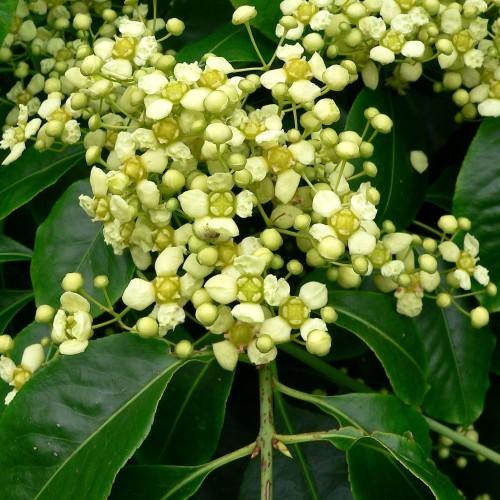
euonymus
Euonymus carnosus
Cycle:
Perennial
Watering:
Average
Hardiness Zone:
4 - 7
Flowers:
Flowers
Sun:
Full sun,part shade
Fruits:
Fruits Ready In Fall
Leaf:
Yes
Growth Rate:
Low
Maintenance:
Low
Drought Tolerant:
Yes
Invasive:
Yes
Care Level:
Medium
watering
When watering euonymus (Euonymus carnosus), it should be done generously and regularly. Depending on the conditions of soil, temperature, and light, it should be watered about once a week. Check the soil after watering and if it appears dry, water the plant more often. Make sure to keep the soil moist without overwatering, as the plant does not do well in water-logged soil. During the hot summer, additional watering may be necessary. In the winter, reduce the amount of water and frequency of watering, allowing the soil to become dry between watering. Also, apply some organic fertilizer during the growing season to ensure the plant gets the nutrients it needs.
sunlight
Euonymus carnosus, or commonly known as the Carnosa Eunoymus, prefers full sun to partial shade. This plant does best in a sunny location with at least 6-8 hours of direct sunlight per day. The ideal direct sunlight for this plant is in the mornings and during the afternoon hours when the sun is at its peak. During the summer months, midday shade may be necessary to avoid the chances of scorching the leaves. During the winter months, when there is less direct sunlight, this plant can usually still thrive with 6-8 hours of indirect sunlight.
pruning
Euonymus (Euonymus carnosus) should be pruned in early spring and late fall. In early spring, it should be trimmed lightly just after new growth appears. In late fall, it should be pruned back more aggressively to make sure to remove all dry leaves and branches that have died during the season. Pruning will help keep the plant looking healthy and neat. It also encourages good, new growth and helps to remove any pest or disease problems. When pruning, be careful not to cut too much as this can damage the plant. For best results, prune the tips of the branches, cutting back to just above a strong bud or node. If necessary, prune smaller branches to the base. If a major limb needs to be removed, it is best to do so in late fall so that it doesn’t prevent flowering in the spring. Lastly, remove suckers and other weak branches for a healthy shrub.
